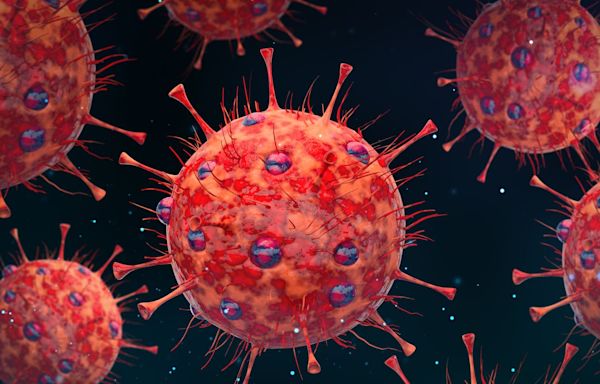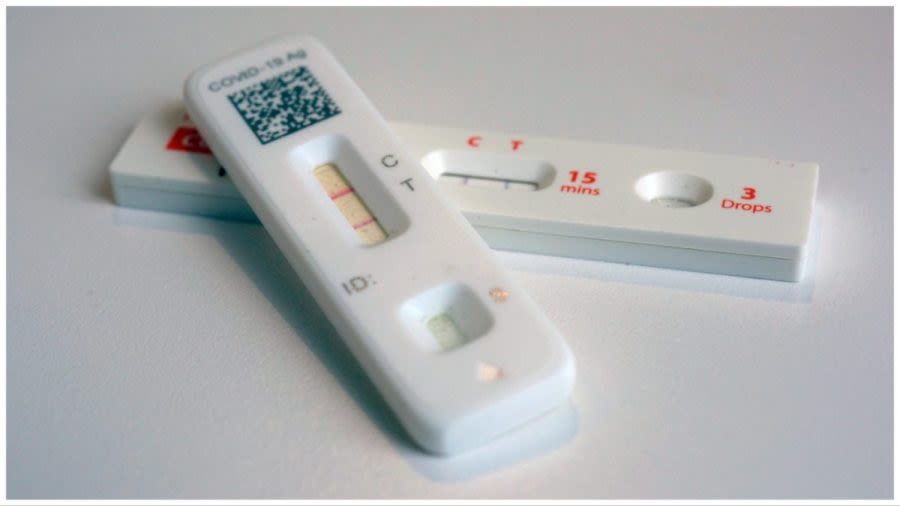Search results
News about COVID-19, William Schaffner (professor), FLiRT
News about Covid-19, Covid, bird flu
Also in the news
2 days ago · Simply put, the word “asymptomatic” means being sick without having symptoms. No fever, no cough, no body aches, no fatigue. Nothing. Your body’s actively battling a disease — and in some ...
2 days ago · People who are infected can spread COVID-19 starting 48 hours (or two days) before they have symptoms or test positive. Let everyone sooner than later to help prevent further transmission. How long should you isolate? According to the CDC, if you test positive, you should isolate for five days regardless of your vaccination status.
18 hours ago · According to the Centers for Disease Control and Prevention (CDC), this new variant is now responsible for more than 28% of COVID-19 cases in the U.S. Dr. Binnicker says there is a potential for an increase in cases during the summer months, with a more significant surge expected in the fall and winter.
1 day ago · “Brain fog” is one of the most debilitating problems experienced by people with Long COVID, a condition in which COVID-19-like symptoms continue or develop after the acute infection has passed. People who experience brain fog say they have an inability to think clearly, are forgetful, and can’t focus their attention or find the right ...
3 days ago · COVID is primarily a respiratory virus, but with the initial variants—Alpha, Beta, and Delta—we didn’t see a lot of laryngitis. It was mainly pulmonary (lung) symptoms, such as coughing. But what we’re seeing with the Omicron variants that have been around for a while is that the symptoms are more upper respiratory-related, which ...
3 days ago · COVID-19 is characterized by a variety of symptoms, including fever, cough, congestion, fatigue, shortness of breath, headache, sore throat, nausea or vomiting, loss of smell or taste, and body aches. COVID-19 may progress to severe respiratory illness, with symptoms of chest
18 hours ago · The bad news: COVID-19 patients who were hospitalized within the first 30 days after infection face a 29% higher risk of death in the third year compared with people who have not had the virus. However, the three-year death risk still marks a significant decline compared with such risk at the one- and two-year marks post-infection.





